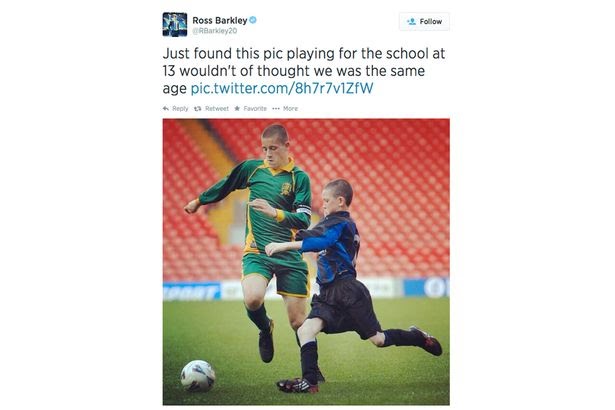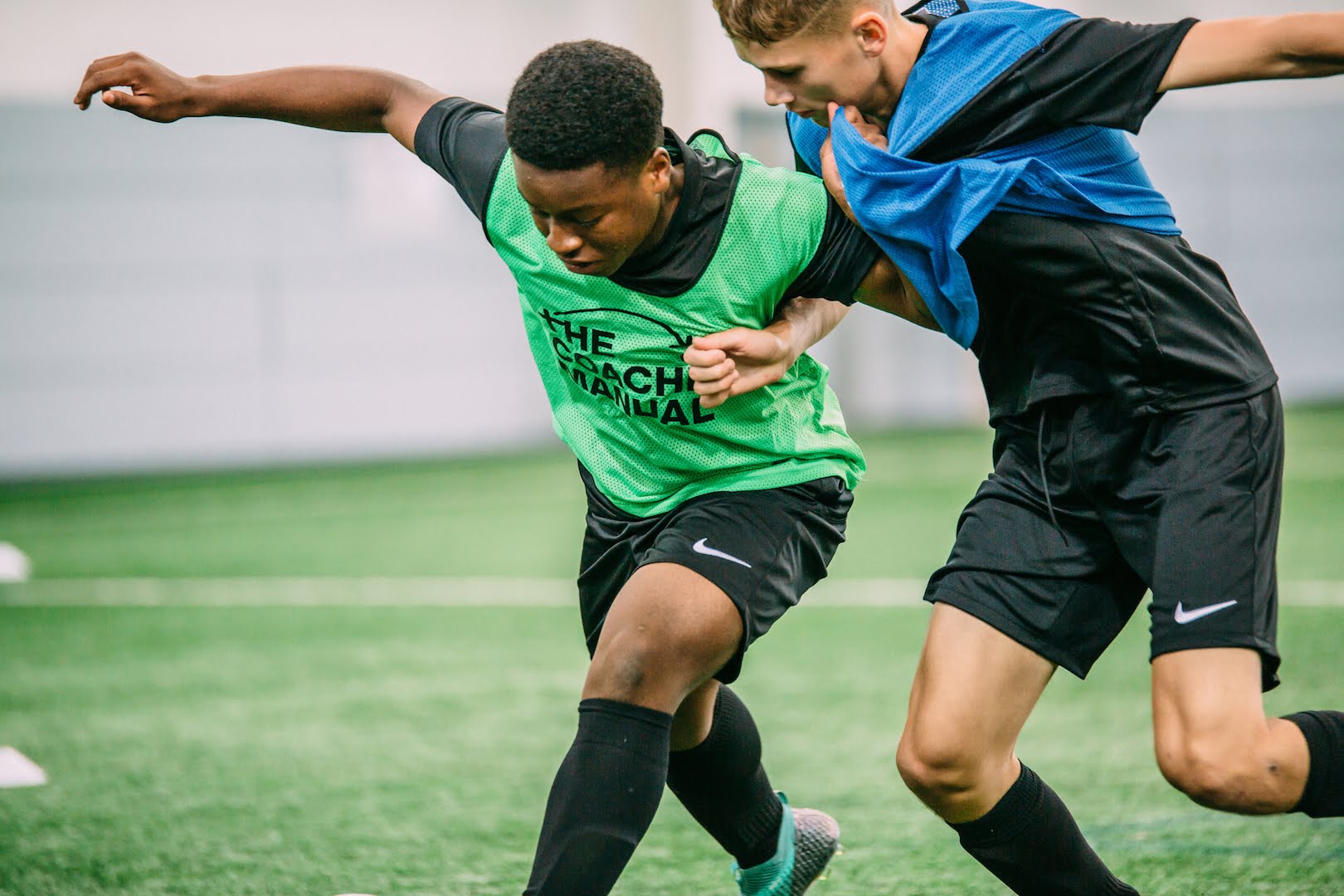We sat down with the Head of Sports Science from AFC Bournemouth, Ben Bradley, to discuss what Biobanding is and how they have implemented the theory.
TCM: What is Bio-banding and what does it aim to achieve?
Ben: Bio-banding is grouping players on their biological age, rather than the traditional chronological age system that we have. We obviously have our age groups, U12"s, U13"s, U14"s etc... but sometimes there is a really big swing in maturation in those age groups.
You potentially might have an under 14 age group which includes a player who is an early maturer and is biologically more like a 16 year old.
At the same time, you might have a player who is a late maturer and biologically more like a 12 year old.
We've got a 4 year swing just from that example there. What we are doing is trying to give ourselves a different way of thinking, or perspective of assessing these players.

What we don"t want to do is always look at those players and say “well this player is doing better than that player” we need to take a lot of other things into consideration.
There is that gap in terms of biological age sometimes, so we need to give them a chance to express themselves and show us what they can really do. It"s difficult because everybody thinks we are doing it for the late maturer, but really there are benefits for the early, on time and late maturer.
Managing physical bias
Everybody thinks the late maturer is the one we are looking at, we are looking to get them playing with players of a similar maturation status, just so we can allow them to express themselves on the ball and not have to worry about that physical bias.
In terms of your early maturers, it might even be more important for them because in their age groups you may have an U14 who is more like a U16, dominating every game, a lot quicker and stronger and maybe relying on those physical attributes, rather than developing their technical and tactical skills.
What we've done with our bio-banding training in matches and recent tournaments is grouping players by a percentage of their predicted adult height.
We take maturation measurements every three months and we get a predicted adult height, it can fluctuate slightly, hence why we take it every three months. We take that measure, get the predicted adult height and we take a percentage of that.
In our tournament, we had three different percentage bands. We did 80-85%, 86-90% and 91-95%. Hopefully, all of the players in those groups have similar maturation status as the others in their group.
What we are doing ideally, is putting them in a group where physically they are matched. That"s the idea.
It's not just about size
We can have a look at their technical, tactical and psychological skills and judge those with players of a similar maturation status.
So, going back to the early maturer, we want to make sure that he is getting a physical challenge, so that when he"s playing with players who are U15/U16, he can"t rely on that speed and strength anymore, meaning he has to work on his touch, passing ability, technical ability and it also challenges him socially and psychologically as well.
We want our players to love a challenge and not be like “I"m the best player in my group - but maybe tonight I"m not”. We want to make sure that we have leaders as well.
We've had some great feedback from players about bio-banding, telling us they feel as if they have become leaders in a group where normally they are not. They feel as if they can express themselves playing in bio-banding better because they haven"t got to worry about certain other things.
It"s a tool we use, it"s not something we use all the time. I get questions from people all the time about taking them out of their chronological age groups. For me, bio-banding is just an addition, it"s not overtaking chronological age groups, it"s something different for us to take a look at, it gives our coaches another way of assessing our players.


